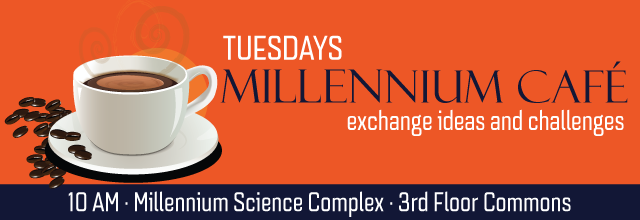
Penn State and Monash University (in Melbourne, Australia) share some important characteristics: our intellectual culture and our research strengths are very well aligned. Penn State and Monash are now official partners, with a Memorandum of Understanding having been signed last September by President Neeli Bendapudi and Monash President Margaret Gardner (a good question to ask will be “where is Margaret now?”). This partnership opens up a world of opportunities for researchers at both universities. I've just returned from a visit to Monash and will share with you what I've learned and as much as I can from your questions. Get ready to pack your bags and to taste test Vegemite!
Speaker: Jenni Evans | Director, Institute for Computational and Data Sciences
